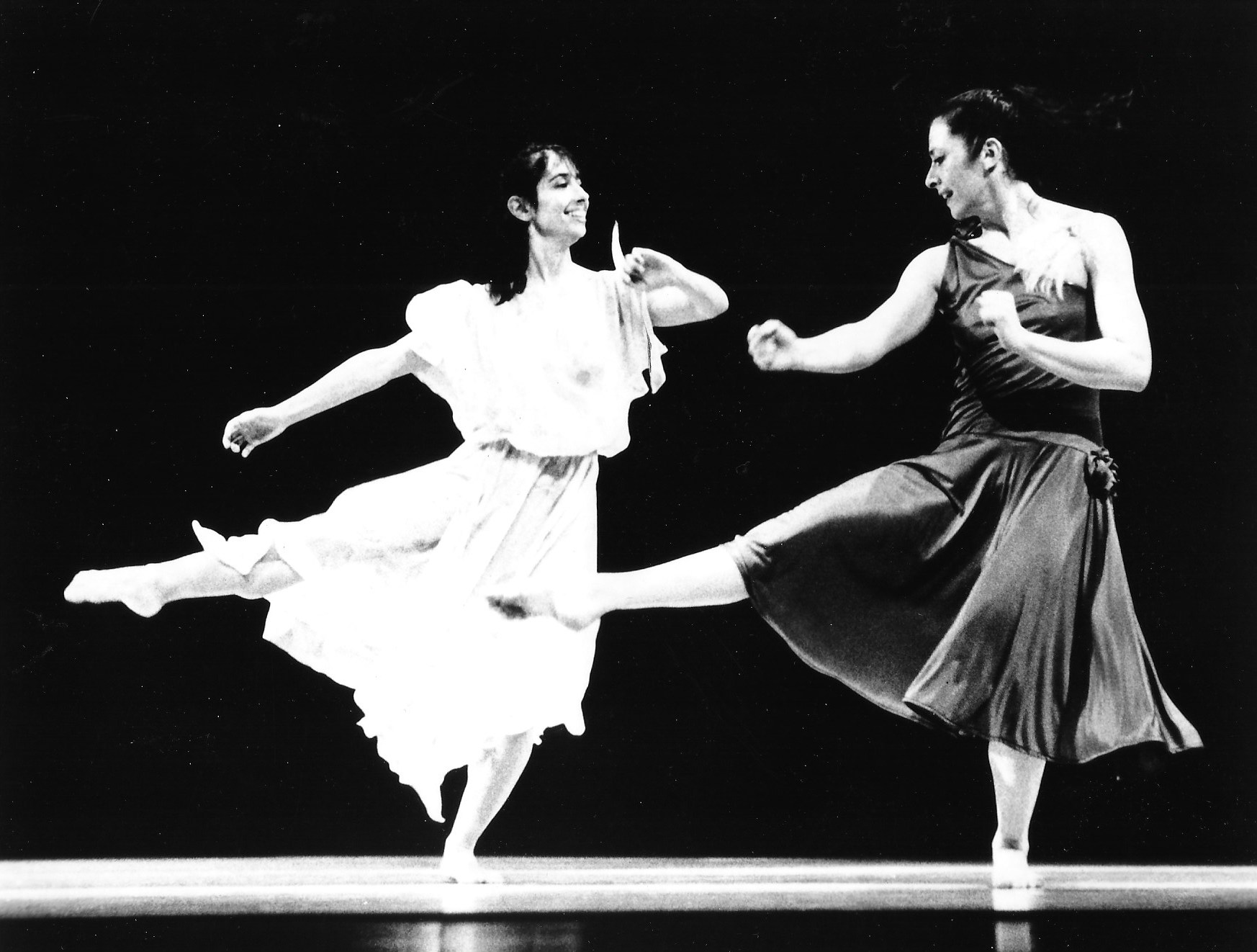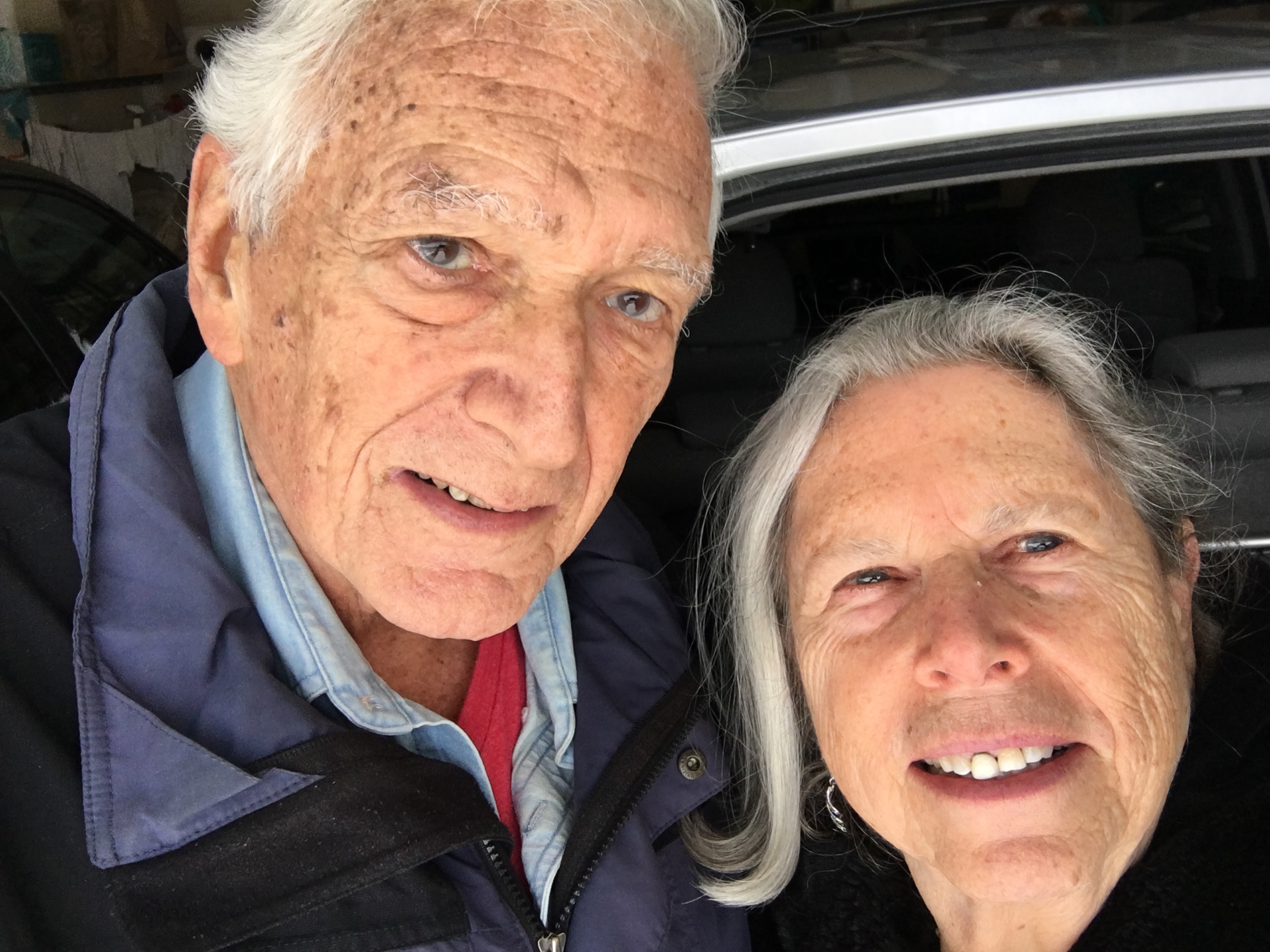Leslie Zehr is a wonderful host and interviewer, and even though this was my first podcast, she immediately put me at ease. We had a delightful, fun conversation where I was able to share my journey from dancing as a toddler while my grandmother played the piano, through my dance education at the Graham Studio and The Juilliard School, to the creation of the Avodah Dance Ensemble. Her questions enabled me to discuss the transformative power of dance, as we explored how dance is a method of empowerment and healing in women’s correctional institutions, and how it led to filmmaking and in particular the film Through the Door: Movement and Meditation as Part of Healing with domestic violence survivors.
Each month since January 31, 2021, Leslie has produced a different Podcast, all designed to inspire “a community of like-minded souls seeking to understand the cosmic dance of co-creation through the sacred arts.” She wants to expand minds, ignite creativity and explore something new and something old.
Leslie is a sacred arts teacher, workshop leader, mentor and author of two books, The Alchemy of Dance and The Al-chemia Remedies. While she was born in Peru and educated in the United States, she lives in Egypt, where for more than 30 years she has supported women “to reconnect to the Divine Feminine within through the mysteries of ancient Egypt.”
The Podcast series covers a range of subjects. Some examples are: Let Your Yoga Dance; Sacred Self Care Chakradance; A Roundtable Discussion of the Importance of Movement and Dance in Children’s Lives; and Japanese Butoh.
While the Podcast is not done live, Leslie does no editing, so I knew that I had to be as clear and focused as I could be. When the interview was over, we had a few minutes to check in about how it went. I expressed my gratitude to Leslie for her warmth, and we both agreed we had fun sharing together. The interview is available to listen to as a podcast and to watch on YouTube.
Link to Podcast Platforms:
Link to YouTube: https://youtube.com/live/7KP8B3mATwU
















